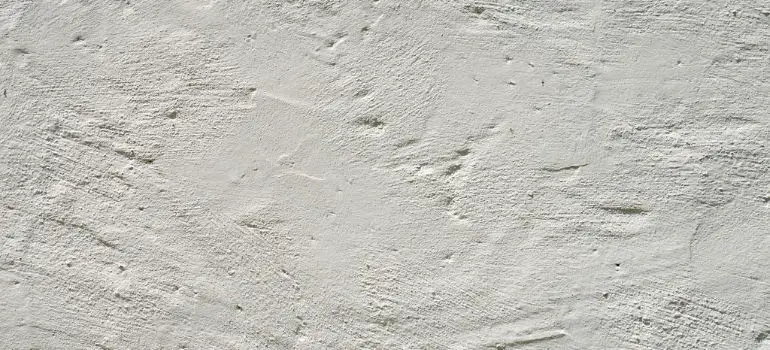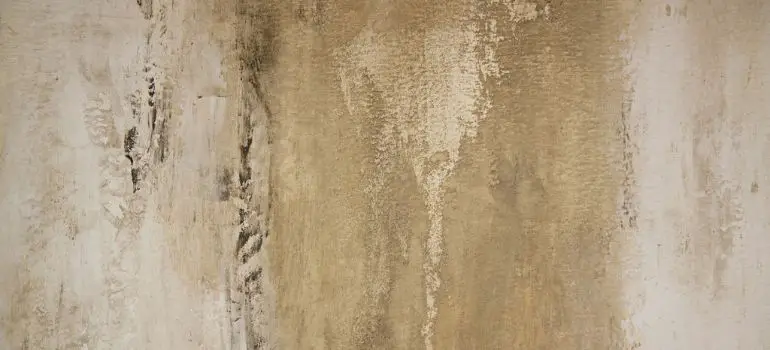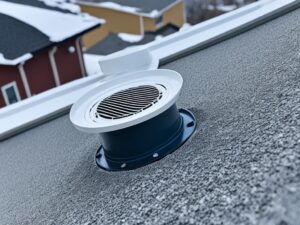Stucco is a popular exterior finish for homes and buildings, known for its durability and aesthetic appeal. However, there may come a time when you need to repair or patch your stucco surface, and ensuring a seamless match of the texture is essential to maintain the overall look of your property. Matching stucco texture can be a bit challenging, but with the right techniques and tools, you can achieve professional results. In this article, we’ll explore the step-by-step process of how to match stucco texture effectively.
Understanding Stucco Texture
Before we dive into the matching process, it’s crucial to have a good understanding of the different types of stucco textures commonly used:
Smooth Finish
- Smooth stucco has a flat, polished surface.
Sand Finish
- Sand finish stucco is slightly rougher, resembling fine sandpaper.
Dash Finish
- Dash finish stucco features small, coarse aggregates that create a textured appearance.
Lace Finish
- Lace finish stucco is characterized by patterns created with a trowel or brush.
Materials and Tools You’ll Need
Before you start matching the stucco texture, it’s essential to gather all the necessary materials and tools:
Stucco Mix
- Procure a stucco mix that closely matches the color and texture of your existing stucco.
Trowel
- A trowel is a vital tool for applying and shaping the stucco effectively.
Hawk
- A hawk, which is a flat board with a handle, is used for holding and transporting the stucco mixture.
Texture Brush
- Depending on the desired texture, choose an appropriate texture brush.
Water
- You’ll need water for mixing the stucco and ensuring it maintains the right consistency for application.
Step-by-Step Guide to Matching Stucco Texture

Now, let’s get into the nitty-gritty of matching stucco texture:
Clean the Surface
Before you begin applying new stucco, it’s essential to prepare the surface properly:
- Ensure that the damaged area is clean and free from any debris or loose material. This will provide a clean and stable base for the new stucco application.
Apply a Bonding Agent
To enhance the adhesion between the existing stucco and the new layer you’re about to apply, follow these steps:
- Apply a bonding agent to the surface. This bonding agent will help the new stucco adhere securely to the existing stucco, ensuring a strong and durable bond.
Mix the Stucco
To proceed, follow these steps for preparing the stucco mixture:
- Follow the manufacturer’s instructions to prepare the stucco mix, ensuring it reaches the correct consistency. This will ensure that the stucco is ready for application and achieves the desired texture and finish.
Apply the Stucco
To proceed with the stucco application, follow these steps:
- Use a trowel to evenly spread the stucco mixture over the previously prepared surface. This step is crucial to ensure a smooth and consistent application of stucco, covering the damaged or patched area effectively.
Match the Texture
To achieve the desired stucco texture, follow these steps:
- Depending on the specific texture you want to replicate, use a texture brush to create the pattern and finish that closely resembles the existing stucco. This step is essential to ensure the new stucco seamlessly blends with the surrounding surface.
Blend In
- Blend the edges of the new stucco with the surrounding area for a seamless look.
Conclusion
Matching stucco texture may seem challenging, but with the proper materials and techniques, you can achieve outstanding results. Whether you have a smooth, sand, dash, or lace finish, following these steps will help you restore the beauty of your stucco exterior.
Now that you have the knowledge to match stucco texture effectively, go ahead and enhance the appearance of your property. Remember that practice makes perfect, so don’t be discouraged if it takes a bit of trial and error to get it just right.
FAQs
Stucco typically takes about 48 hours to dry completely, but it may vary depending on weather conditions.
Yes, you can paint over matched stucco texture once it has cured, usually after a few weeks.
You can tint the stucco mix with pigment to get a closer match to your existing stucco color.
While it’s possible to do it yourself, hiring a professional may be a better option for complex patterns and large areas.
Stucco mix is specifically formulated for exterior use, so it’s recommended for durability and longevity.



